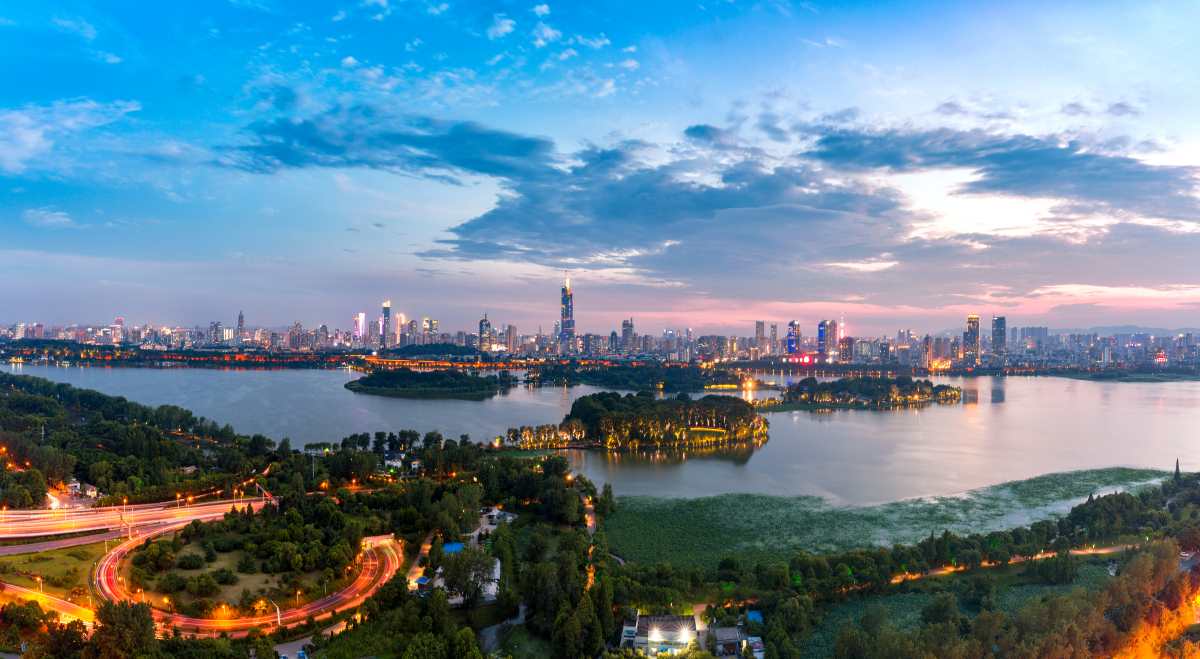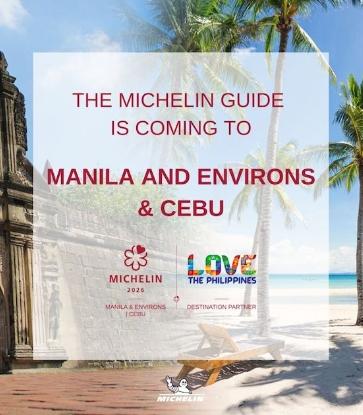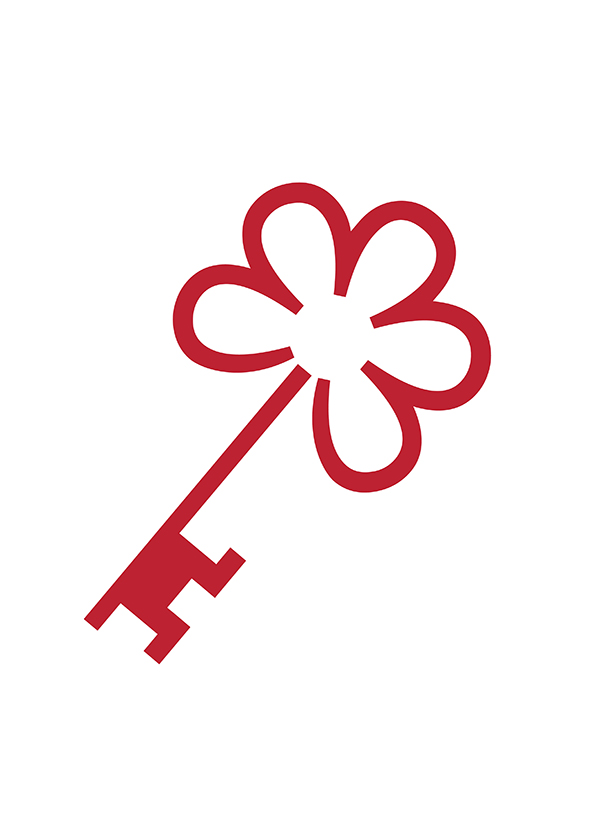At first sight, Gaggan Anand and Takeshi Fukuyama (Goh) are an odd couple. Gaggan, a long-haired aspiring rock drummer, outspoken rule breaker cum elBulli-trained two Michelin starred restaurant owner-chef met conservative, clean-shaven, structured and classically French-trained Goh at a conference in Shanghai. Since then, they’ve become close business partners and are now on a high-stakes gamble to introduce the first fine dining tofu omakase experience in Bangkok.
MICHELIN Guide Bangkok: What is your interest in tofu – it’s bland, colorless and not exactly the rock star of ingredients – why try to elevate it and make people pay fine dining prices for it?
Gaggan: Firstly, tofu is an extremely healthy ingredient and you feel light after eating it. It’s also one of the most used ingredients in Asia – you have people eating it everywhere from monks in Cambodia to executives in Tokyo.
I became fascinated with tofu when I first went to Mihara Tofuten in Japan. I tasted their tofu and wondered why it was so exotic; it was different textures, different temperatures and different styles, depending on how it was cooked. Even the skin is different.
After speaking to the owners and learning more, I became captivated with what they were doing. Everything is handmade and to an exact process. I began to think about how I could evolve this ingredient and make cuisine from it – I immediately wanted to bring it to Thailand as a fine dining ingredient.


MICHELIN Guide Bangkok: You can buy tofu for 100 baht at 7/11 or find it in most Thai dishes at the food court, how will you elevate this with what you, Goh and the Mihara team are doing?
Gaggan: It’s all in the process. We want to make tofu just like they do in Japan and bring the entire Japanese experience here. Water is the most important ingredient in making tofu and everyday 40 litres of Japanese water is shipped from Saga Prefecture along with snow salt from Okinawa right down to the oil we use and the seasonal produce.


MICHELIN Guide Bangkok: Japan holds a special place in the heart of many chefs. Even the late Anthony Bourdain declared that it was the place he could settle forever. What is it about Japan for you and do you think the Thais will like it?
Gaggan: Thais already love Japan, just look at the airport. Japan is amazing because integrity of the people and product is the best in the world. I love the four seasons where you have markets, you have changes in the market, people grow things with their hearts and you have precision. I am a system breaker, but I like to have system around me.
Japanese culture is fascinating as well – it’s conservative, but expressive. People live by a timetable but then you have this expression of art and freedom that comes out in food. In Japan people are black and white from 9am to 6pm and someone totally different after 6pm, and I like this rebellious side because I see myself as a rebel.



Ten years ago Takeshi Fukuyama (Goh) was still a very conventional Japanese chef. A dinner at the eventual Michelin three star restaurant, Ultraviolet, by Paul Pairet in Shanghai accompanied by Gaggan and other chefs started opening his mind.
MICHELIN Guide Bangkok: What were your first impressions of Gaggan as a person and chef?
Goh: We couldn’t communicate but I thought since we’re both physically big we’ll be great friends. He’s a very frank person and his food contains many surprises. I am always interested in his food because you never know what you will get.
MICHELIN Guide Bangkok: Before, you couldn’t speak English and communicated through gestures. Now you’re answering the phone in English and Gaggan is learning Japanese. Tell us how this collaboration happened?
Goh: The collaboration started when we did a surprise dinner together. I was cooking very conventional cuisine and Gaggan was drying things, making powders and creams; we couldn’t have been any different.
I then realized I also needed to have “fun” and “surprise” in my cuisine and this is what I learnt from Gaggan. I’ve travelled more outside Japan since and learnt how to be unconventional. My concept is clearer today and I always try to include things that I’ve learnt from other people.

MICHELIN Guide Bangkok: What are your thoughts on Bangkok?
Goh: I’ve been to Bangkok many times. There’s energy to the city and I always come across new things. The level of food and chefs are rising every year and it’s a very open-minded city when it comes to food.
MICHELIN Guide Bangkok: Do you think Thais will like your tofu?
Goh: We’ve had the shop open for a few months and I am quite happy with our progress. The umami is definitely there, but we still need to add “surprise” to the dining experience. Gaggan is good at doing this and we’re in the process of incorporating accents to the cuisine that’s uniquely Thai.

About Mihara Tofuten
Mihara Tofuten first opened its doors in 1961 as a small tofu manufacturing business servicing local businesses. The Mihara family later expanded operations to include an eatery in Saga and later in Fukuoka preparing tofu using various recipes and techniques.
Today Mihara Tofuten is helmed by Hiroki Mihara, who returned to the family business after a career as a professional footballer in Japan’s J1 League.
Mihara Tofuten Bangkok
Address: Narathiwat Ratchanakarin Soi 5, Bangkok, Thailand
Phone: 083-655-4245
Facebook: https://www.facebook.com/Mihara.Tofuten.Bangkok
Please contact restaurant directly for more details and reservations.























